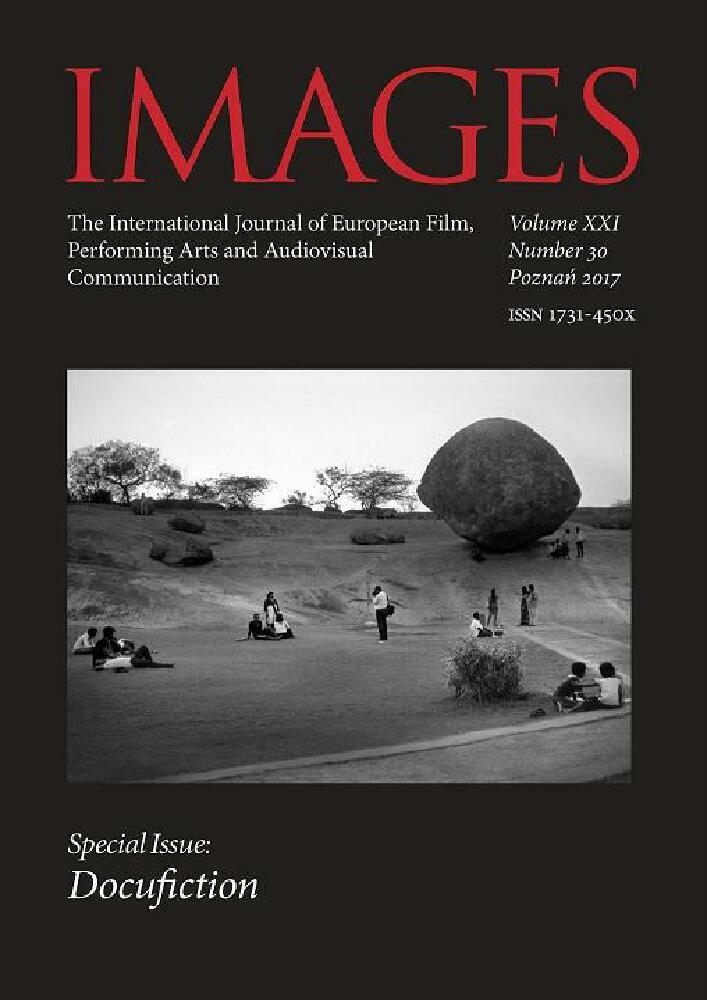Abstract
Since the beginning of the cinematographic industry there has been a visible interest in exploring two themes: death and sex, whereas the motif of dying and sexuality/eroticism seem to be mutually exclusive in mainstream movies to such extent that they rarely appear together on the screen. To shed some light on this cinema tendency of separating eroticism from dying we investigate some of the factors of the phenomenon as well as the ones that could have contributed to the shift we have noticed. The majority of films devoted to the subject of dying and eroticism concentrate on a very limited range of visual and narrative schemes. In our paper we present the main clichés, plot and visual schemes, motifs and narrative techniques in contemporary cinema. Although the unique power of the cinema is “matter of making images seen”, it could be argued that the cinema uses not only the command ‘open your eyes to’, but also the command ‘close your eyes to’. In this way, audiovisual culture closes its eye to the entwinement of the motif of dying with the themes of eroticism.
References
Abdo C,H., Sexuality and couple intimacy in dementia, “Current Opinion in Psychiatry” 2013, Nov. 26(6), pp. 593–598
Archibald C., Sexuality, dementia and residential care: Managers report and response, “Health and Social Care in the Community” 1998, 6(2), pp. 95–101
Cohen J et al., Which patients with cancer die at home? A study of six European countries using death certificate data, “Journal of Clinical Oncology” 2010, 28, pp. 2267–2273
Comfort A. and Dial LK., Sexuality ageing. An overview, “Clinics in Geriatric Medicine” 1991, 7, pp. 1–7
Estes C.L. and Binney E.A., The biomedicalization of ageing: dangers and dilemmas, “The Gerontologist” 1989, Oct; 29(5), pp. 587–596
Flory J. et al., Place of death: U.S. trends since 1980, “Health Affairs (Millwood)” 2004, 23, pp. 194–200
Gomes B. and Higginson I.J., Where people die (1974–2030): past trends, future projections and implications for care, “Palliative Medicine” 2008, 22, pp. 33–41
Gomes B. et al., Heterogeneity and changes in preferences for dying at home: a systematic review, “BMC Palliative Care” 2013, 12(1), p. 7
Gomes B. et al., Preferences for place of death if faced with advanced cancer: a population survey in England, Flanders, Germany, Italy, the Netherlands, Portugal and Spain, “Annals of Oncology” 2012, 23, pp. 2006–2015
Gott M., Sexuality, sexual health and ageing. Berkshire 2005
Gronvall A., Review: Garden of Earthly Delights, “Chicago Reader” 2009, 5 Feb, 13, <http://www.chicagoreader.com/chicago/garden-of-earthly-delights/Film?oid=1055874> (accessed on 20.08.2015)
Gunning T, “Now you see it, Now you don’t”. The temporality of the Cinema of Attraction, in: L. Grieveson and P. Krämer (eds), The Silent Cinema Reader, London and New York 2004, pp. 43–45
Gunning T., The cinema of attraction: Early film, its spectator and avant-garde, in: T. Elsaesser and A. Barker (eds), Early Cinema: Space, Frame, Narrative, London 1990, pp. 63–70
Hales S et al., The quality of dying and death in cancer and its relationship to palliative care and place of death, “Journal of Pain and Symptom Management” 2014, Nov., 48(5), pp. 839–851
Higginson I.J. and Sen-Gupta G.J.A., Place of care in advanced cancer: a qualitative systematic literature review of patient preferences, “Journal of Palliative Medicine” 2000, 3, pp. 287e300.
Higginson I.J. et al., Dying at home − is it better: a narrative appraisal of the state of the science, “Palliative Medicine” 2013, Dec; 27(10), pp. 918–924
Hinchliff S. and Gott M., Seeking medical help for sexual concerns in mid – and later life: a review of the literature, “Journal of Sex Research” 2011, Mar; 48(2–3), pp. 106–117, p. 107.
Kaufman S.R. et al., Revisiting the biomedicalization of aging: clinical trends and ethical challenges, “The Gerontologist” 2004, Dec; 44(6), pp. 731–738
Lindau S.T. et al., A study of sexuality and health among older adults in the United States, “New England Journal of Medicine” 2007, 357, pp. 762–774
Mahieu L. et al., Eternal sunshine of the spotless mind? An anthropological-ethical framework for understanding and dealing with sexuality in dementia care, “Medicine Health Care and Philosophy” 2014, 17, pp. 377–387
Marsiglio W. and Donnelly D., Sexual relations in later life: a national study of married persons, “Journal of Gerontology” 1991, 46, pp. S338–S344
Ogle C., Review: A Little Bite of Heaven, “The Miami Herald,” 2012, 5 Mar, p. 13, <http://www.miami.com/039a-little-bit-heaven039-pg-13-article> (accessed on 20.08.2015)
Trompeter S.E. et al., Sexual activity and satisfaction in healthy community-dwelling older women, “American Journal of Medicine” 2012, 125, pp. 37–43
Wilson D.M. et al., The rapidly changing location of death in Canada, 1994–2004, “Social Science & Medicine” 2009, 68, pp. 1752–1758.
World Health Organization (2006) Defining Sexual Health. Report of a technical consultation on sexual health, 28–31 January 2002, Geneva <http://www.who.int/reproductivehealth/publications/sexual_health/defining_sexual_health.pdf?ua=1> (accessed on 14.08.2015)
License

This work is licensed under a Creative Commons Attribution-NonCommercial-NoDerivatives 4.0 International License.
